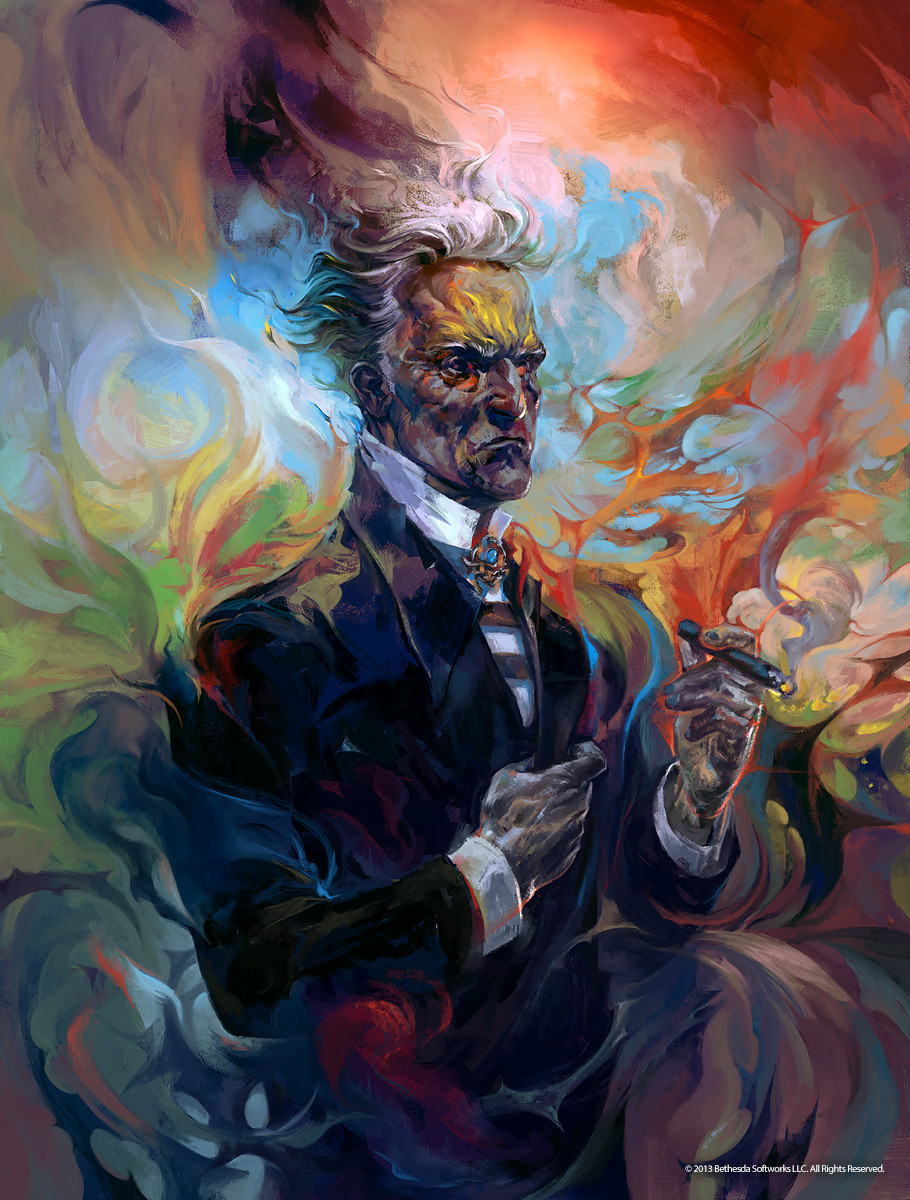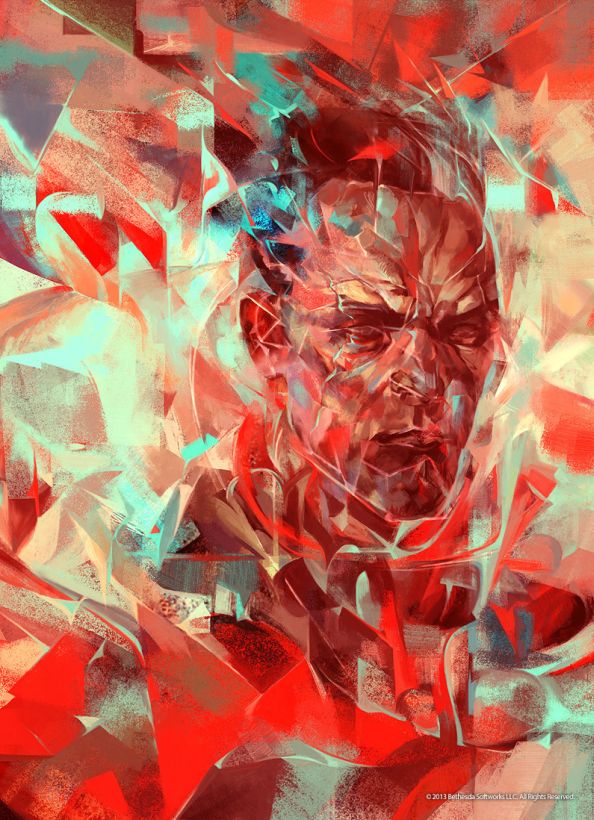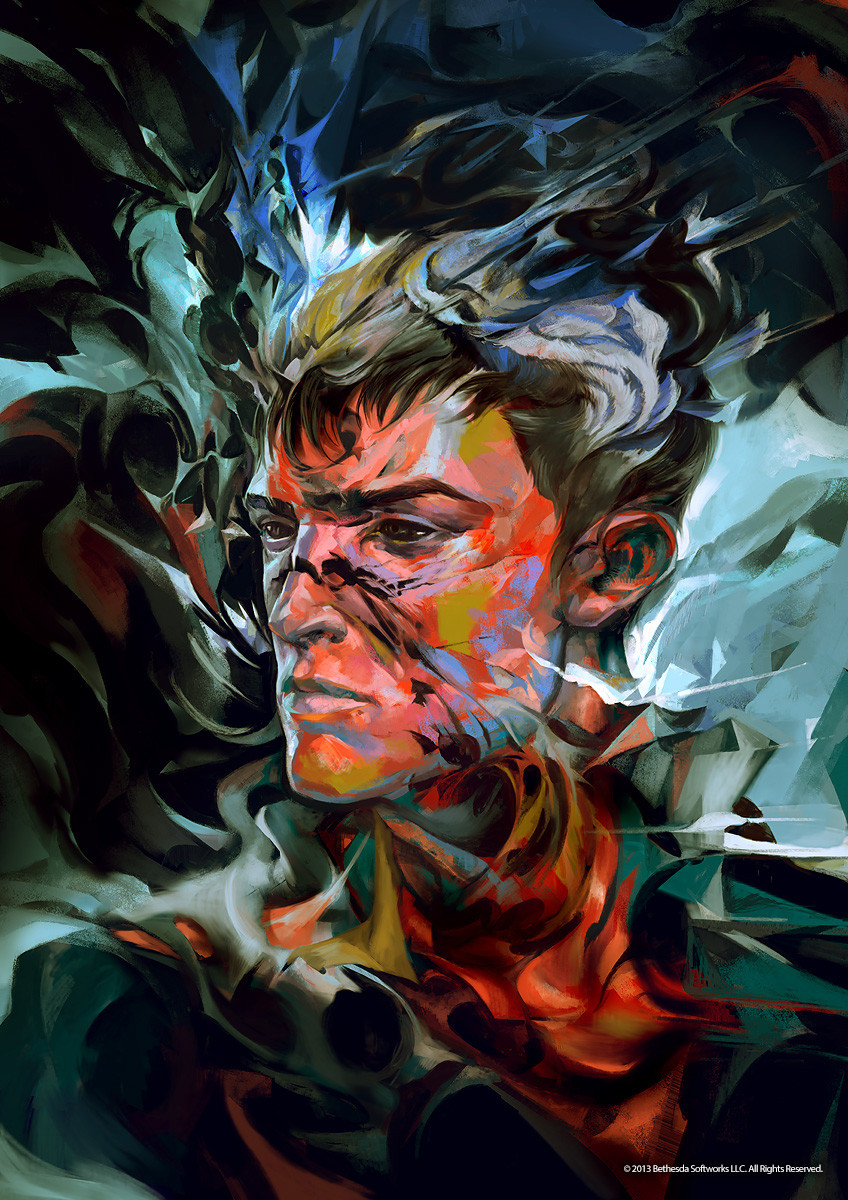
The Art of Enjoyability Pertaining to Art
While it isn’t something that I think most people would like to discuss or even think about one area I think many people tend to turn a blind eye to is enjoyment. Specifically, in art, I’d like to dive into the idea that enjoyment isn’t some sort of mysterious thing out in the aether that is unattainable.
Enjoyment is attainable … but only in moments and in brevity.
However, one thing I’d like to discuss is this attitude of complete apathy that you may not find any enjoyment and as a result reject it. In my own experiences this is a very dangerous position to take but more importantly the person at a loss isn’t the creator of the art but rather only you.
That and combined with this continued view of overcritical analysis and logic being forced upon movies (and other art forms) and it starts to become more and more clear hopefully what I’m talking about.
A few posts ago I talked shortly about how I keep seeing reviews of films and more importantly of just art in general where people instead of trying to understand the art (or where it is coming from) try to destroy, put down, over criticize, and essentially put down art continually. I keep seeing these haughty one-liners, overly sarcastic and simplified responses (that aren’t actually responses) but rather regularized overtures told again and again until it is accepted as the norm.
It’s like I keep seeing over and over again “If you tell a big lie loud enough and long enough … people will believe you”. Overall it’s something I feel is a travesty and seems to have taken specifically a hold onto general views of art. We don’t want to actually dive into the art we are watching, playing, or experiencing but rather simply take what we see at face value according to the views and connotations that we hold.
I’ll a relate an experience that I had over this past weekend. As of course it was 4th of July and everyone was in appearance for our family gathering. Of course meetings of the sort aren’t without their trifles and ample rubbings up against each other. However, it was a good meeting overall and very amicable. Yet, there was a few conversations that caught my attention, particularly those relating to views of movies and our different experiences with those movies.
I’m not sure when it happened when we were having this conversation but I began to realize many of the points that my fellow siblings were making were based around commonly held beliefs from popular online media like “honest trailers” or “cinema sins” or “how it should have ended”.
What do all of those media producers have in common you might ask? They all sacrifice the creations or the art that other people have potentially slaved over and simplifies them down to simple quips and sarcastic cheesy (BUT FUNNY) one-liners and tags. All the while they profit and grow at the creators expense.
Now I’m not saying satire has no place or that there isn’t a reason to have it but it just seems to be that this brutal satire and sort of overly logical and critical approach to judging movies and moreover art is having an affect on the perception of films. It’s not enough to make an outstanding film like “Interstellar” when the movie can just be tagged down to oversimplified views like honest trailers does often. They don’t see the level of detail and care used to craft a moving, wrought, and beautiful film but rather only, “Lincoln Lawyer crying”.
Like I’ve mentioned I’ve always loved those channels but now I’m getting to the point where I’m asking myself if it is necessary to continue being so critical and to enjoy their critiques at such a frequency. It’s why I’ve started watching Channels like “Cinema Wins” which documents when movies do well as a sort of poultice to this wound I keep making.
We need to look at the good with the bad and not just the bad. Otherwise we’ll just become disenfranchised people never able to enjoy a single piece of art put our way.
However, I’m willing to share a secret that gives me a great deal of satisfaction for whenever I watch movies and play videogames or enjoy any kind of art really.
1. I don’t hype up or put down a movie or art piece. In fact I try as much as possible to go into every movie with a sort of wiped palate or a clean slate. From there I simply try approach the movie as is. Of course this isn’t always the case but even when I watch films I typically withhold judgement till the end of the film. There are only rare occasions where I let something grating simply affect my judgement. Walking out of films simply because, ” I don’t like them ” is a ridiculous reason. Maybe instead you should ask WHY you don’t like them or WHY this situation doesn’t sit well with you.
2. For spoilers I welcome them. For me it’s not always exactly what happens in the story but rather how it happens or is executed that makes me more interested. For example, most videogames and movies follow very simple Cinderella “rags to riches and success” story arcs throughout their narratives. However, what changes them inexplicably is their style, execution, and the worlds in which they are placed. Case in point Star Wars: The Force Awakens to which I predicted almost 90% of the possible storyline just from watching the trailers. Did that affect my enjoyment of the movie? Not in the slightest and in fact foreshadowing and foreknowledge of events to happen is often a boon to build anticipation and not a negative aspect.
3. Try to understand your material you are watching. I watch a very wide breadth of film and movies and in my collection of games I play one would consider me an indie gamer or a “purist” of sorts. There isn’t any musical genre I say no to and there isn’t any videogame experience I wouldn’t immediately write off. Let me explain with a story about my own views of art. For years I thought that modern art was atrocious and rightly so I recognized that it wasn’t human but more abstract. It didn’t represent the world and views that I knew and I feel I got some of that view from my father who also didn’t enjoy it. However, as I started to learn more about art and it’s history and development of something like Modern Art I began to realize that it wasn’t the style or methodologies that I disliked about Modern Art but rather the messages being conveyed through them. Today I am a big fan of Modern Art but with hopefully some measure of taste and knowing that the style is predicated upon breaking down of forms to base elements and imagery. Another case of this is when people say they can’t stand certain elements or feeling a certain way in film. Have you ever thought that maybe directors, creators, and makers have purposely designed to make you feel frightened, scared, happy, or fraught? For example, Grima Wormtongue in Lord of the Rings purposely had his eyebrows shaved so as to increase the level of uneasiness around his character or sometimes movies use low pitched frequencies that naturally will increase stress or anxiety.
https://en.wikipedia.org/wiki/Gr%C3%ADma_Wormtongue
http://www.strangerdimensions.com/2013/06/21/infrasound-the-fear-frequency/
4. The last criterion, which will help you gain an appreciable attitude to almost any art and hold tight to enjoyment of it across the board, are ideas and execution. No two points are more necessary for critiquing art than these. For example if there is a movie that has ideas which are conveyed in a good manner then I won’t necessarily fault it as much if the execution is not up to par. However, if the execution and production values are off the charts but the ideas aren’t necessarily what I think would have made a good movie or are good ideas I will focus on the good in that. When both of these meet and are both good that is when great movies or amazing movies are born. So keep a look out for these things.
Anyways hope that my words were insightful or helpful in any way possible. Keep watching, keep making, and don’t stop enjoying art.









